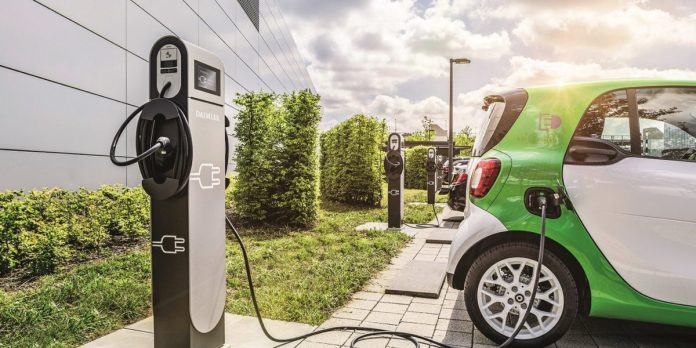Researchers from North Carolina State University have developed a computational model that can be used to determine the optimal places for locating electric vehicle (EV) charging facilities, as well as how powerful the charging stations can be without placing an undue burden on the local power grid.
“Ultimately, we feel the model can be used to inform the development of EV charging infrastructure at multiple levels, from projects aimed at supporting local commuters to charging facilities that serve interstate highway travel,” says Leila Hajibabai, on the work and an assistant professor in NC State’s Fitts Department of Industrial and Systems Engineering.
Identifying the best sites for charging facilities is a complicated process since it has to account for travel flow and user demand, as well as the needs of the regional power infrastructure. In other words, where will people use it? And can it be supported by the power grid?
“We have developed a model that allows planners to optimize these decisions, serving the greatest number of people without taxing the power system,” Hajibabai says.
While a lot of work has been done on how to deploy Electric Vehicle (EV) charging facilities, the researchers found that most previous efforts focused on siting these facilities based on what would work best for the power system, or what would work best from a transportation standpoint.
“Very little work has been done that addresses both,” Hajibabai says. “And those cases that looked at both power and transportation systems did not take into account the decisions that users make. Where do they want to charge their vehicles? What are their travel plans?”
“The best location for a charging facility from the power system’s standpoint is often not the best location from a transportation systems standpoint. And the best location from a user’s standpoint is often a third option. Our model looks at power systems, transportation systems, and user decision-making in order to find the best compromise.”
The power system component of the model accounts for the limitations of the power distribution network—its power flow, voltage, current, and so on. The transportation component of the overarching model accounts for the number of travelers, the routes that they take when traveling, and how far their vehicles can go before they need to be recharged. To account for user decision-making, the model tries to identify locations that will minimize travel time for users.
“People often don’t want to go out of their way to charge their vehicles, so our model takes that into account,” Hajibabai says.
The researchers are currently in discussions with state and local government officials, as well as power utilities, to use the model to inform the development of EV charging infrastructure in North Carolina.








